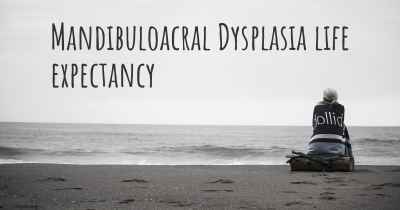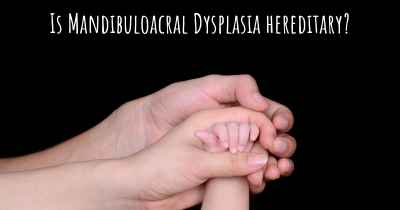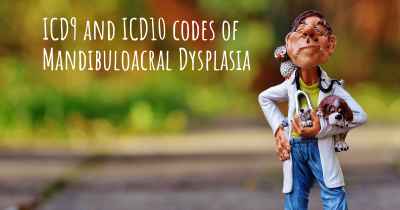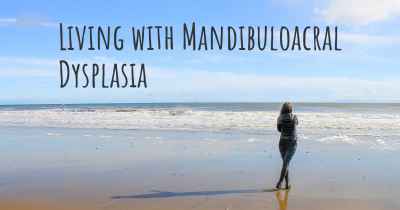Is it advisable to do exercise when affected by Mandibuloacral Dysplasia? Which activities would you suggest and how intense should they be?
See if it is advisable for people with Mandibuloacral Dysplasia to practice sports and which ones are the most recommended if you have Mandibuloacral Dysplasia
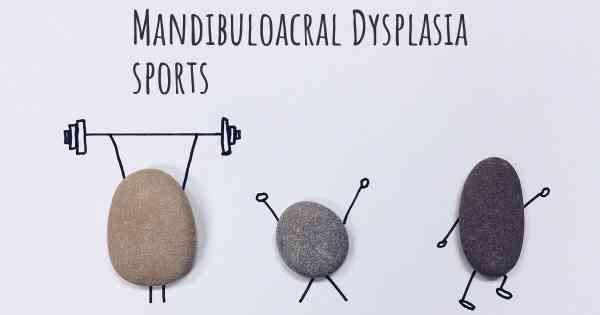
Mandibuloacral Dysplasia (MAD) is a rare genetic disorder that affects the development of bones, skin, and other tissues in the body. It is characterized by skeletal abnormalities, such as underdeveloped jawbone (mandible) and collarbones (acromelia), as well as skin changes and lipodystrophy.
When it comes to exercise and physical activity for individuals affected by MAD, it is crucial to approach it with caution and consult with a healthcare professional or a physical therapist who is familiar with the condition. They can provide personalized guidance based on the individual's specific needs and limitations.
Exercise can have several benefits for individuals with MAD:
- Maintaining joint mobility: Regular exercise can help preserve joint flexibility and prevent stiffness, which is particularly important for individuals with skeletal abnormalities.
- Improving muscle strength: Strengthening exercises can help compensate for the skeletal abnormalities and provide better support for the body.
- Enhancing cardiovascular health: Engaging in aerobic activities can improve heart and lung function, promoting overall cardiovascular health.
- Boosting mental well-being: Exercise has been shown to have positive effects on mental health, reducing stress and improving mood.
However, it is important to note that the intensity and type of exercise should be carefully tailored to the individual's abilities and limitations. Low-impact activities that minimize stress on the joints and bones are generally recommended. Some suitable exercises may include:
- Swimming: Water-based activities provide buoyancy and reduce impact on the joints, making swimming an excellent choice for individuals with MAD.
- Cycling: Stationary or outdoor cycling can be a low-impact cardiovascular exercise that helps strengthen leg muscles without putting excessive strain on the joints.
- Yoga or Pilates: These activities focus on flexibility, balance, and core strength, which can be beneficial for individuals with MAD. However, modifications and adaptations may be necessary to accommodate skeletal abnormalities.
- Resistance training: Using light weights or resistance bands under the guidance of a professional can help improve muscle strength and stability.
It is crucial to start slowly and gradually increase the intensity and duration of exercise. Listening to the body and avoiding activities that cause pain or discomfort is essential. Regular breaks and proper warm-up and cool-down routines should be incorporated into the exercise regimen to prevent injury.
Remember, every individual with MAD is unique, and their exercise program should be tailored to their specific needs and abilities. Consulting with healthcare professionals who are knowledgeable about the condition is vital to ensure safe and effective exercise.
